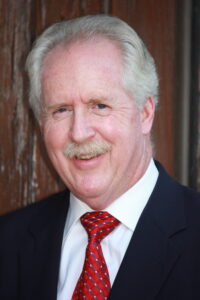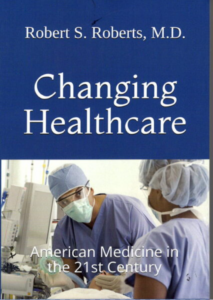Wearing masks has become a part of the culture; not just here in America, but around the world. When will this end? Will it ever end?
Those questions are increasingly on the minds of everyone who dares to think beyond the CDC guidelines. Scott Gottlieb, former FDA commissioner, says it’s time to stop wearing masks outdoors. I would question whether there was ever a reason to wear masks outdoors.
The theory on wearing masks is they stop the spread of the virus and protect the wearer from contracting the virus. Since the virus is known to spread by droplets, and not aerosols, the only reason to wear a mask is to prevent people from coughing or spitting in others’ faces. Good airflow outdoors makes this nearly impossible. Other data tells us the spread of the virus requires contact with an infected person for up to 15 minutes. This is more likely indoors and has always contradicted regulations that limited outdoor activities.
Dr. Gottlieb says it’s time to revisit rules on masking and distancing in low-risk outdoor settings like parks and sports venues. Easing these rules would move more activity outdoors, which reduces viral transmission. States are beginning to lift restrictions on the size of outdoor gatherings. Texas, New Hampshire, and Florida governors have led the way; Rhode Island and others plan to follow in May.
But the CDC is lagging behind. They still prescribe social limits while outside. Many governors are reluctant to get ahead of the CDC for fear of a political backlash. About half of states still require people to wear face coverings in all public settings.
We hear the phrase “follow the science” when it suits the political agenda, but not when it doesn’t. Consider a well-known study conducted in China last spring. Researchers traced 318 outbreaks to figure out the chains of transmission. In only one of 318 outbreaks did the initial cases come from contact while outside. The rest originated inside homes or on mass transit.
Another study found that the risk of transmission indoors was about 19 times as high as in open-air environments. Yet the CDC’s guidance says only that “masks may not be necessary when you are outside by yourself away from others.” Another CDC document advises people outside to “stay at least six feet apart from people who don’t live with you” and “limit your time around others.” This is particularly strange since the “six feet social distancing” guideline was revised to three feet weeks ago when studies showed there is no significant difference in the spread of the virus between three and six feet.
I have written in earlier posts that the credibility of the CDC has been lost (see CDC Credibility Gone). They are not even following their own Covid-19 studies because the White House wants to keep us in a state of fear.
When are masks really needed?
It’s time to talk plainly about the wearing of masks. Masks are for the vulnerable. If you’re not among the vulnerable, you don’t need to wear a mask. Who are the vulnerable? Here is a list of the vulnerable:
- Elderly people who have not been vaccinated
- Middle age to young adults who have health conditions such as obesity, diabetes, heart disease, pulmonary disease, or immunocompromised conditions such as active treatment of cancer – who have not been vaccinated
If you have been fully vaccinated – received both shots of the Pfizer or Moderna vaccines and have waited at least 14 days – you have full protection. If you have received the one Johnson & Johnson vaccine shot and have waited 14 days – you are fully protected. If you have contracted the Covid-19 virus infection and survived – you have natural immunity. If you are a child under the age of 16 – you have essentially no risk from Covid-19. (see Masking Children While Censoring Covid Information) If you are in one of the above categories, there is virtually no risk to you from Covid-19. In the extreme unlikelihood that you contract the virus, the course of your disease is sure to be mild.
It’s time to stop wearing masks unless you are vulnerable. People who continue to wear masks outdoors are simply displaying their fear, ignorance, or utter obedience to liberal politicians and ideology. Wearing masks indoors will continue to be necessary as long as businesses and public buildings demand it, but pushing back against this orthodoxy is needed if we are ever to regain our freedom.
In my office, I began by not wearing a mask even while patients wore theirs. I wasn’t afraid since I knew how the virus was transmitted and I was careful not to touch my face. Later, I began wearing a mask to make patients more comfortable. But since I’ve been vaccinated, I’ve chosen to stop wearing a mask again, telling patients they need not fear me. I hope my example will give others the freedom to stop wearing their masks if they, too, have been vaccinated.
At a time when the government is pleading for more Americans to get vaccinated, it makes sense to demonstrate the freedom that vaccination brings. Of course, that might mean giving up the political leverage of spreading fear. Maybe that’s just what these mask mandates are all about.



